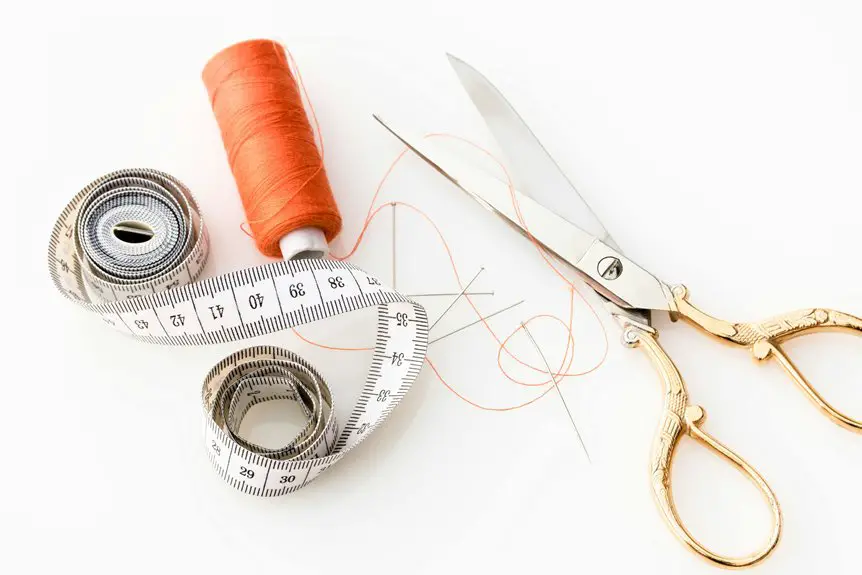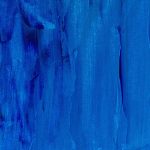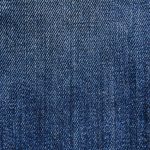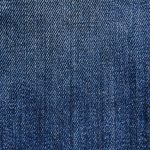When sewing velour fabric, first wash it gently with cold water and mild detergent to avoid shrinkage. Use ballpoint or stretch needles and polyester thread for durability. Sew slowly with longer stitches to prevent puckering, and avoid backstitching by tying knots instead. Pin seams carefully without stretching, and press seams lightly on the wrong side with low heat. Taking these steps guarantees smooth sewing and durable seams. To refine your project further, discover more specialized tips and techniques.
Table of Contents
Key Takeaways
- Pre-wash velour in cold water with mild detergent and lay flat to dry to prevent shrinkage before sewing.
- Use ballpoint or stretch needles and polyester or nylon thread for flexibility and to avoid fabric damage.
- Sew with a longer stitch length (around 3 mm) and avoid backstitching to prevent fabric perforation and distortion.
- Pin seams carefully, sew slowly, and use a walking foot to ensure even feeding and prevent stretching.
- Finish edges with serging or zigzag stitching and press seams gently with a low-heat iron and pressing cloth.
Preparing Velour Fabric for Sewing
Before you begin sewing, prepare your velour fabric by gently washing and drying it to prevent shrinkage later. Use a mild detergent and cold water to avoid damaging the delicate fibers.
After washing, lay the fabric flat or hang it to dry completely, steering clear of high heat that could alter its texture.
Lay velour flat or hang to dry, avoiding heat to preserve its soft texture.
Once dry, press the fabric lightly on the wrong side using a low heat setting and a pressing cloth to avoid crushing the pile. This step smooths out wrinkles without damaging the soft surface.
Finally, measure and cut your fabric carefully, paying attention to the nap’s direction to maintain consistent texture and color in your finished project.
Taking these steps guarantees your velour fabric stays in top condition for sewing.
Choosing the Right Tools and Materials
When working with velour, selecting the right tools and materials makes a big difference in your sewing experience and final results.
Velour’s plush texture requires careful handling, so having the proper supplies is key. Start by choosing a ballpoint or stretch needle to prevent fabric damage. Use polyester or nylon thread, as it offers flexibility and strength. A walking foot attachment helps feed the fabric evenly, avoiding puckering.
Finally, opt for sharp scissors or a rotary cutter to get clean, precise cuts without flattening the pile.
Here’s a quick checklist for your sewing kit:
- Ballpoint/stretch sewing needles
- Polyester or nylon thread
- Walking foot for your sewing machine
- Sharp scissors or rotary cutter
These choices will help you sew velour smoothly and achieve professional-looking results.
Sewing Techniques for Velour
Selecting the right tools sets you up for success, but mastering specific sewing techniques will truly make your velour projects shine.
When sewing velour, use a sharp needle, like a size 70/10 or 80/12, to avoid snagging the fabric. Sew with a slightly longer stitch length, around 3 mm, to prevent perforations that weaken the fabric. Always sew slowly and guide the fabric gently to avoid stretching or distorting the pile.
Press seams carefully with a low heat setting and a pressing cloth to protect the fabric’s texture. Avoid backstitching at the start and end of seams; instead, leave long thread tails and tie knots to secure stitches without damaging the pile.
With these techniques, you’ll achieve smooth, professional results on velour.
Handling Seams and Edges
Though velour’s plush texture adds luxury, handling seams and edges requires extra care to maintain its softness and shape. When working with velour, you want to avoid bulky seams that disrupt the fabric’s smooth look. Carefully pin seams to keep layers aligned without stretching. Use a stretch or ballpoint needle to prevent snagging, and sew with a slightly longer stitch length to reduce fabric puckering.
Velour demands gentle handling—pin carefully, use stretch needles, and sew with longer stitches to preserve its plush smoothness.
Keep these tips in mind for clean seams and edges:
- Trim seam allowances neatly to reduce bulk.
- Press seams gently with a low-heat iron using a pressing cloth.
- Consider serging or using a zigzag stitch to finish edges and prevent fraying.
- Avoid pulling fabric while sewing to maintain its nap and stretch.
These steps help your velour project look polished and last longer.
Finishing Touches and Care Tips
After sewing your velour fabric, you’ll want to focus on finishing touches that preserve its softness and appearance.
Start by gently pressing seams with a low-heat iron and a pressing cloth to avoid crushing the pile. Avoid steam, which can flatten the texture. Trim any loose threads carefully.
To keep your velour looking its best, hand wash or use a delicate machine cycle with cold water and mild detergent. Avoid bleach and fabric softeners that can damage fibers.
Lay the garment flat to dry, steering clear of direct sunlight or heat sources. When storing, hang velour pieces with padded hangers or fold them loosely to prevent creases.
Following these steps will maintain your project’s luxurious feel and guarantee it stands the test of time.
Frequently Asked Questions
Can Velour Fabric Be Used for Upholstery Projects?
You can definitely use velour fabric for upholstery projects since it’s soft and luxurious. Just remember it’s delicate, so you’ll need to handle it carefully and use the right tools to avoid damaging the pile or texture.
Is Velour Suitable for Outdoor Clothing?
Velour isn’t ideal for outdoor clothing since it lacks water resistance and dries slowly. You’ll want fabrics designed for weather, like nylon or polyester, to stay comfortable and dry during outdoor activities.
How Does Velour Compare to Velvet in Texture?
Velour feels like a soft, stretchy hug, while velvet is more like a smooth, firm touch. You’ll notice velour’s plush texture is plusher and more flexible, making it cozier compared to velvet’s luxurious, dense pile.
Can I Dye Velour Fabric at Home?
You can dye velour fabric at home, but you’ll want to use a dye suitable for synthetic or cotton blends, depending on your velour’s fiber content. Test a small piece first to guarantee even color absorption.
What Are Common Mistakes When Sewing Velour?
When sewing velour, don’t stretch the fabric, avoid using dull needles, and skip pins that leave marks. You’ll want to use a walking foot and test stitches on scraps to prevent puckering or damage.
- 8 Oz Kevlar Fabric: Balancing Weight and Impact Resistance - June 21, 2025
- 500D Kevlar Fabric: Heavy-Duty Material for Industrial Gear - June 21, 2025
- 28 Layers of Aramid Kevlar Bulletproof Fabric: Ballistic Testing Results - June 21, 2025







